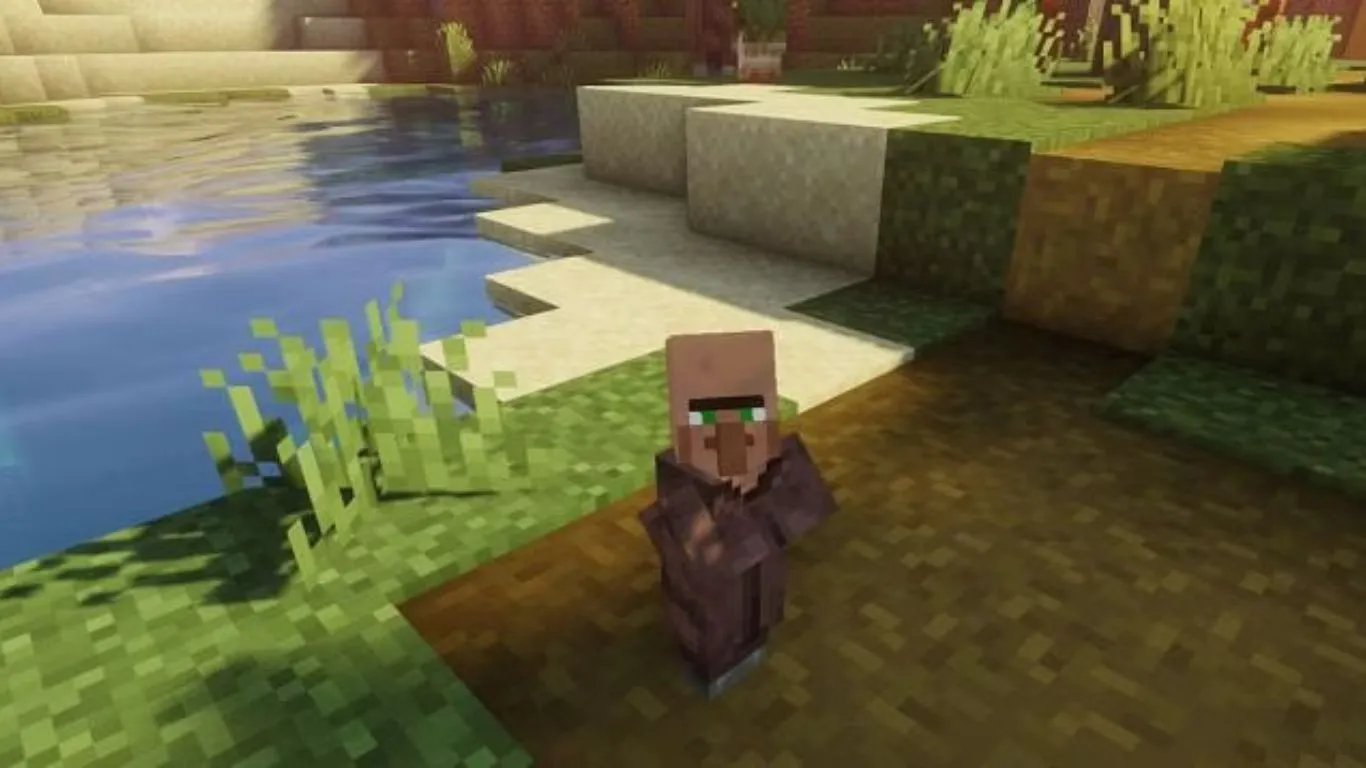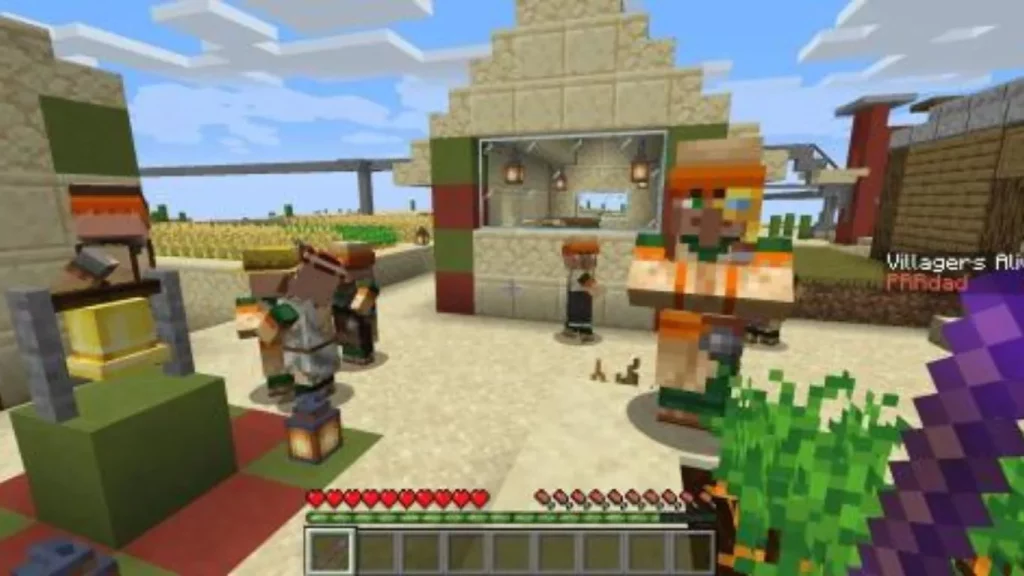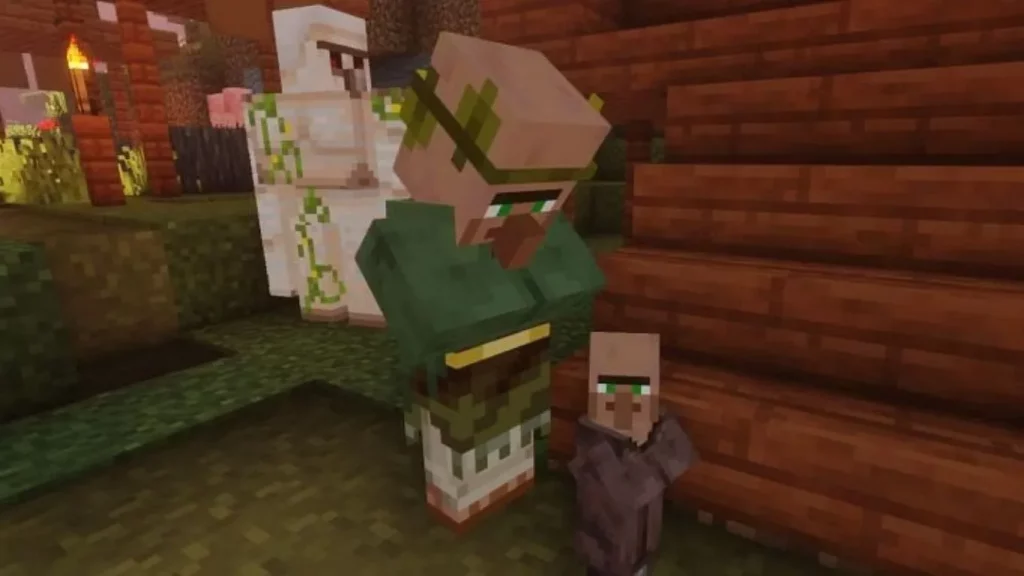How To Make Baby Villagers Grow Faster – Only Tips You Will Need

Key Takeaways
- Baby villagers in Minecraft take 20 minutes of real-time to grow into adults.
- You can’t directly speed up their growth, but you can use clever tricks to make the wait feel shorter.
- Keeping them busy with beds, workstations, and a safe environment helps them survive until adulthood.
- Trading, farming, and setting up village structures during the wait makes the process more productive.
- Patience is key—while there’s no magic “fast forward,” you can use the time wisely to build and plan.
Paragraph
In Minecraft, baby villagers take exactly 20 minutes of real-time gameplay to grow into adults, and there’s no official way to speed this up. However, you can make the process more efficient by focusing on village development while you wait. Place extra beds, secure the area from mobs, and set up workstations to prepare them for their future roles. While the babies are busy running around, you can farm, trade, or expand your builds so the wait doesn’t feel wasted. In short, you can’t force baby villagers to grow faster, but you can make their growing time work in your favor.
Making Baby Villagers Grow Faster
In the enchanting world of Minecraft, the growth of baby villagers plays a crucial role in the expansion and development of your village. Understanding the intricacies of the breeding process and employing strategic measures can significantly impact the speed at which baby villagers grow into fully-fledged adults. Let’s delve into the comprehensive guide on how to make baby villagers grow faster in Minecraft.
How much time does a baby villager take to grow up?

Before delving into strategies, it’s essential to understand the baseline. Generally, it takes approximately 20 minutes in real-time for a baby villager to grow into an adult. However, by implementing specific techniques and optimizing your village’s setup, this time can be reduced significantly.
Village Evolution Strategies: Enhancing How to Make Baby Villagers Grow Faster

Certainly, here are ten tips to understand and optimize the growth time of baby villagers:
Breed Villagers Intelligently: Be mindful of the breeding process. Ensure that your village has a sufficient number of adult villagers to facilitate breeding. Use the breeding process wisely to maintain a balanced population.
Well-lit Areas: Ensure that your village is well-lit to ward off potential threats such as zombie villagers. Lighting plays a crucial role in the safety and growth of your villagers.
Build Villager Breeder: Construct a dedicated villager breeder to streamline the breeding process. Utilize wooden doors and blocks of space strategically to create an optimal breeding environment.
Provide Excess Food: Make sure your villagers have access to excess food. This can include bread from villagers, breedable villagers, and breeder villagers. A well-fed population grows faster.
Create Gardens for Villagers: Building gardens with crops not only adds aesthetic value to your village but also ensures a steady supply of food to villagers, contributing to their overall well-being.
Construct Iron Golem Farms: Iron golems play a vital role in village defense and can also enhance the breeding capacity of villagers. Create iron golem farms with blocks of iron and cobblestone walls for an efficient setup.
Implement an Infinite Villager Breeding Farm: Design an infinite villager breeding farm using wooden plank blocks, crafting tables, and other essential materials. This ensures a continuous and sustainable breeding process.
Encourage Community Interaction: Villagers thrive in a community. Create interactive spaces with nearby villagers, promoting interaction among villagers and fostering a sense of unity.
Assign Job Roles: Provide job roles for your villagers, such as farmer villagers and cleric villagers. Assigning tasks not only adds a sense of purpose but also contributes to the overall benefits of villagers.
Craft Steel Doors: Construct houses with doors made of steel, ensuring that numerous doors are present. This contributes to the actual process of villager breeding and growth.
Conclusion
Optimizing the growth of baby villagers in Minecraft involves a careful balance of resource management, strategic planning, and a keen understanding of the game mechanics. By implementing the aforementioned strategies, you can create a thriving village with actual grown-up villagers, ensuring the prosperity and success of your Minecraft community. Happy building!
FAQs
Generally, it takes approximately 20 minutes in real-time for a baby villager to grow into an adult in Minecraft.
Implement intelligent breeding processes, ensure well-lit areas, build dedicated villager breeders, provide excess food, create gardens, construct iron golem farms, and encourage community interaction.
Design an infinite villager breeding farm using essential materials such as wooden plank blocks, crafting tables, and ensure a continuous and sustainable breeding process.
Well-lit areas help ward off threats like zombie villagers, ensuring a safe environment for the growth and development of your villagers.
Iron golem farms not only contribute to village defense but also enhance the breeding capacity of villagers, promoting a more robust and thriving community.
Assigning job roles, such as farmer villagers and cleric villagers, provides purpose to your villagers and contributes to the overall benefits of the community.





